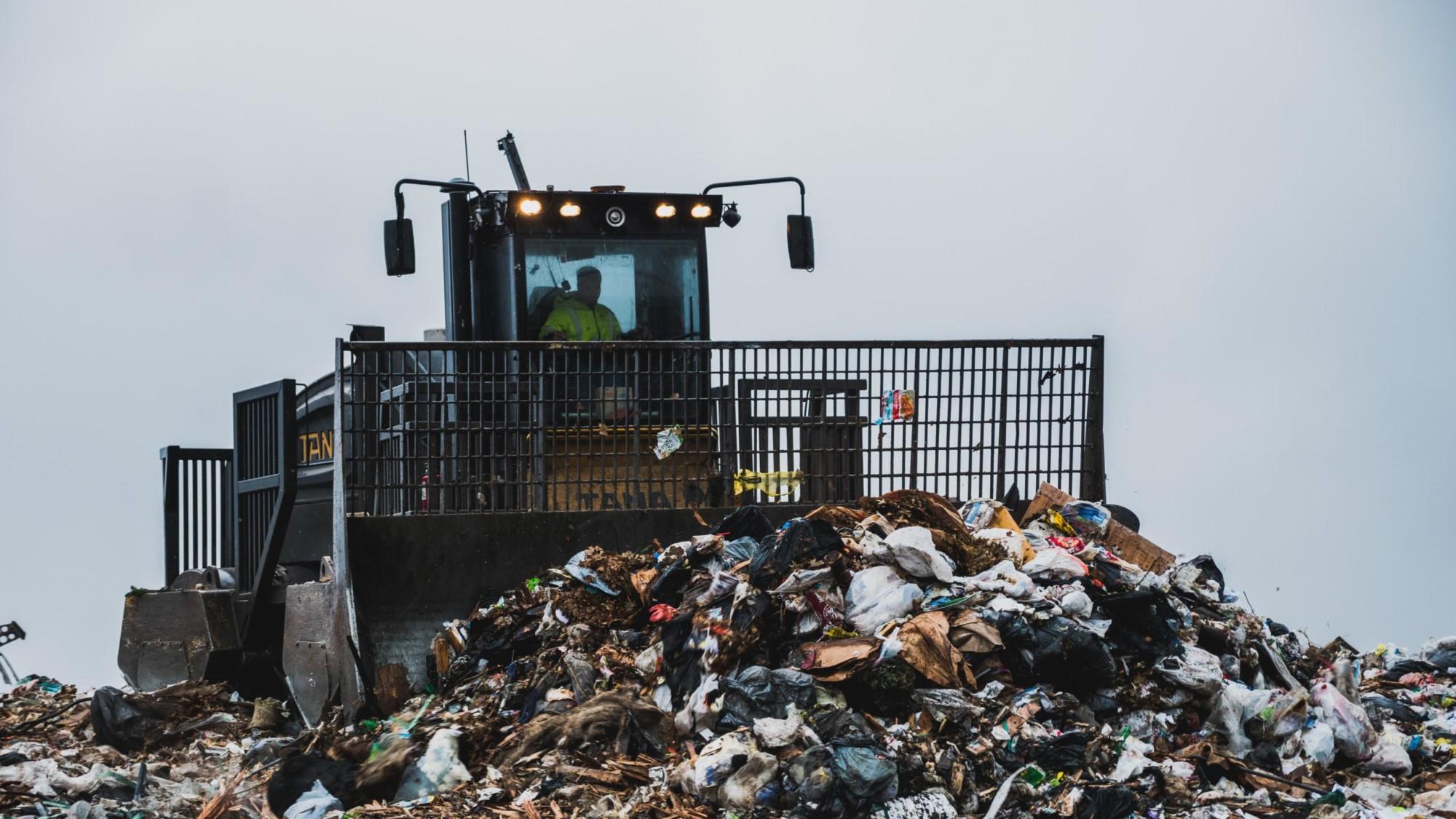Waste Connections is an integrated solid waste services company that provides waste collection, transfer, disposal and recycling services in the U.S. and Canada. Their Winnebago Landfill in Rockford, Illinois acquired a TANA landfill compactor in 2018. 25 % better compaction rate than TANA’s competitor impressed Lacy and his colleagues. It has performed so well that they have now ordered another unit to accompany the first one.
Winnebago Landfill serves over four million customers and accepts approximately 10,000 tons of waste daily. What impressed them about TANA was its design and an offer that could not be resisted.
“Tana gave us the option to try the machine out before committing to purchasing the compactor. I’m also a mechanical engineer by degree so I kind of liked the design concept of the compactor”, says Lacy Ballard, who works as a District Manager at Waste connections.
Spare parts always available
During the two-week demonstration test, Winnebago Landfill compared the TANA E520 to a Caterpillar 836k compactor. The results in compaction ratio were quite obvious.
“TANA achieved a little bit over 1.0 compaction ratio, which is about 2000 pounds for a cubic yard. It’s basically putting in an additional 25% more waste in the same amount of space compared to the Caterpillar. It made me feel comfortable to purchase the device”, Ballard tells.
Another thing that has impressed is the spare parts container that Tana delivered alongside the machine.
“It’s a shipping container full of spare parts, so we have an onsite inventory in case something goes wrong. Repairs with machines are often minor things so we now have the parts ready at our facility. Then we just pay for them as we use them”, Ballard says.

A recommendable machine
As of today, the TANA compactor has seen around 3,000 hours of use. Because of its efficiency and reliability, another unit has already been ordered.
“I’d recommend the TANA compactor to fellow coworkers that manage landfills as well as friends who work with other companies, such as Republic and Waste Management”, Ballard concludes.